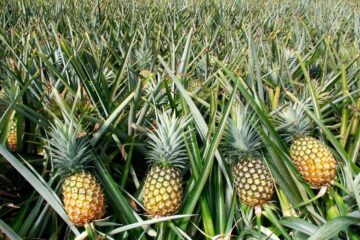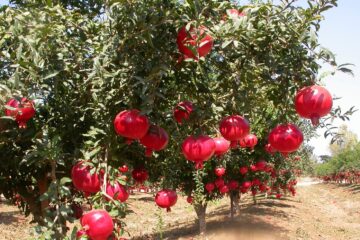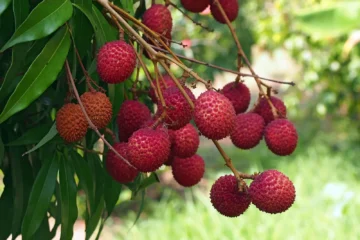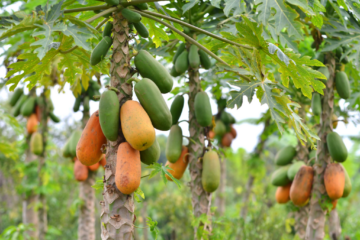Published in the March 2017 issue
Naarathai (Citrus aurantium) belongs to the citrus family. Though it is a large shrub, it is categorized as a small tree, growing up to 20-25 feet tall.
Originally brought to India from China by Portuguese traders, Naarathai has adapted well to Indian climatic and soil conditions, thriving particularly in regions like Andhra Pradesh, Mysore, Kodagu, Nilgiris, Shimla, and Kashmir.
Characteristics and Uses:
- Leaves and Flowers:
- The aromatic leaves are dark green, while young shoots are light green. The flowers are pure white.
- The fruits are spherical, with a thick rind and a sour taste, growing in clusters. They are yellowish-orange when ripe, measuring about two inches in diameter.
- Varieties:
- There are different types of Naarathai, known by various names like Kozhunji fruit, Poosan Kasturi, and Kichili Naarathai. Other varieties include Pablimasu, Kamala, and Sathukudi.
- The fruit adapts to various climates and soils, which impacts its size, taste, and structure. There are 16 varieties in total, with differences in taste (sour, bitter, sweet) and rind thickness.
- Nutritional and Medicinal Benefits:
- Naarathai can be used to make pickles. It aids in digestion, relieves gas, and reduces acidity. It stimulates the functions of the tongue, stomach, intestines, liver, and gallbladder.
- It alleviates upper stomach heaviness and heart pressure, and is a remedy for nausea, dizziness, and fatigue.
- It is best consumed on an empty stomach in the morning. Those with extreme acidity should avoid it.
Therapeutic Uses:
- Morning Sickness:
- A simple preparation made with Naarathai juice and sugar, called Duranji Manappagu, helps reduce morning sickness, nausea, dizziness, and fatigue in pregnant women.
- This remedy is available in local medicinal stores.
- Pain Relief:
- Tea made from Naarathai flowers can relieve body aches. When combined with other medications, it enhances their efficacy.
- Collecting and cleaning the leaves of sour Naarathai, and using them in pickles, can purify the blood and eliminate intestinal worms. This practice is known as “Neem leaf bundle” when combined with neem leaves.
- Post-Fever Recovery:
- Including Naarathai pickle in simple meals after recovering from fever helps combat fatigue and stimulates appetite.
For Children:
- Digestive Health:
- Mixing sweet Naarathai juice with grape juice or milk and giving it to children twice daily strengthens their intestines and alleviates digestive issues.
General Health:
- Snakebite Remedy:
- Regular consumption of Naarathai seeds can gradually neutralize snake venom.
In Summary: Naarathai is a versatile fruit with numerous health benefits. It aids digestion, relieves gas and acidity, and supports liver and gallbladder functions. It’s also effective for pain relief, nausea, and post-fever recovery. With its medicinal properties and nutritional value, Naarathai is a valuable addition to a healthy diet.
Dr. P. Kumaraswamy, Former Government Siddha Doctor, Chengalpattu.











